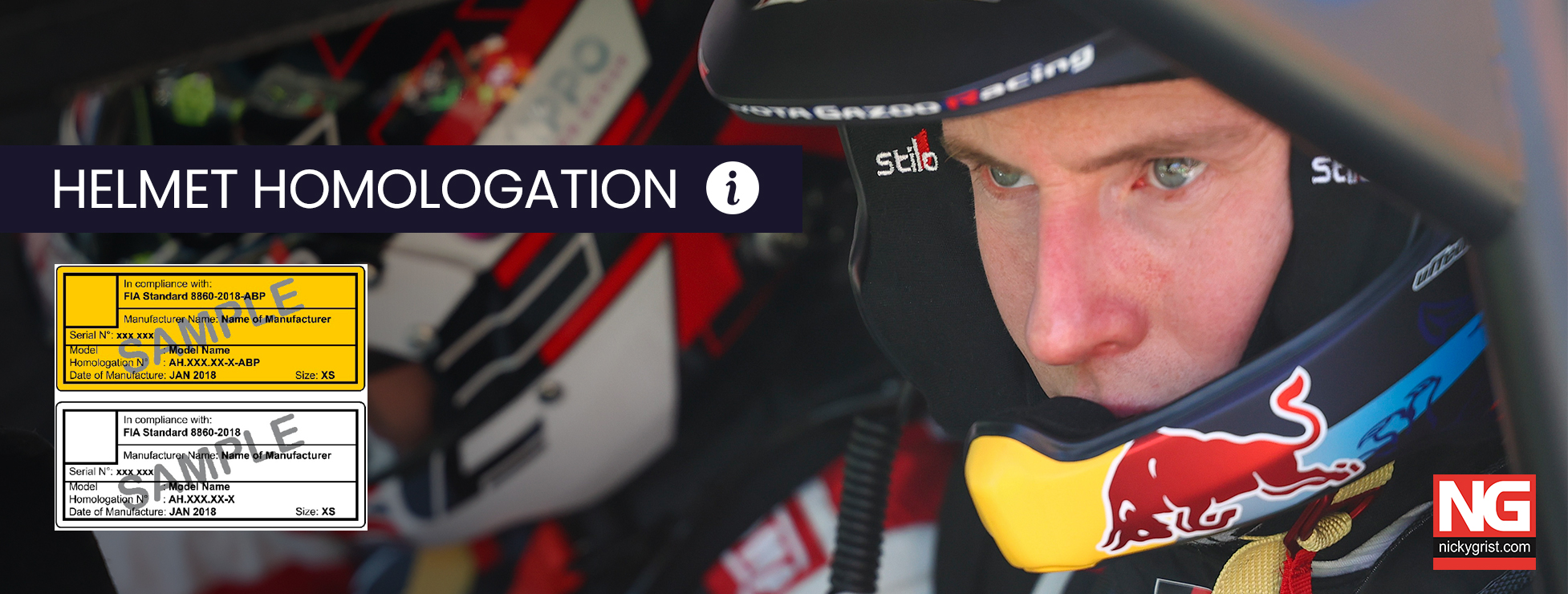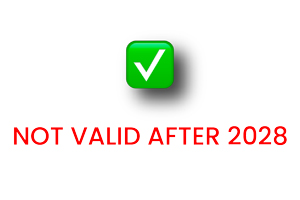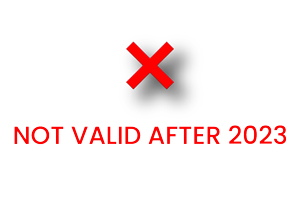Motorsport Helmet Homologation Guide

Helmet Homologation and Safety
What is helmet homologation? In short, a ‘very specific motorsport safety standard’ issued by either the Fédération Internationale de l'Automobile (FIA) or the Snell Memorial Foundation (Snell).
FIA standards are more prevalent in Europe and most countries outside the USA, where the Snell standard is adopted. FIA standards are also recognised by international events like F1 and the WRC.
If you are going to be competing in domestic USA events you will need to take note of the helmet’s Snell rating, as it is only the Snell rating that is recognised, regardless if you have a helmet with a higher FIA safety standard, such as 8860.
It is important to check with the organisers of your chosen championship or the relevant race/rally series you are competing in for what their required standard is for helmets.
If you have aspirations to compete in international events, it is wise to think forward and opt for a higher standard (FIA8860) helmet from the outset. This will save you from having to re-purchase and will ultimately offer a helmet tested to a higher standard. Budget may take precedence in the decision of your helmet purchase, but you would be well advised to choose the highest standard in the lightest possible construction that your budget will allow.
Please see the FIA and Snell websites for more in-depth information on homologation safety standards.
Active FIA Homologations
| FIA Motorsport Helmet Homologations These labels can usually be found underneath the lining inside your helmet. |
 |
FIA 8859-2015
8859 is the current minimum standard of the FIA and is normally the entry level for all competitive motorsports sanctioned by a national governing body. It is important to remember that 8859 is a strict and high standard, so helmets that meet this standard are perfectly adequate for use in motorsport events.
FIA 8860-2010
8860 is effectively an international standard, and since its introduction has been reviewed and its safety requirements increased twice to date. The earlier 2004 standard has now expired, while the 2010 variant still has a few years to run before it expires in 2028.
8860 is required if you are driving in the WRC as a high-priority driver, Formula 1, F2, F3 or endurance events like Blancpain GT or Le Mans, as well as all World Championship events, and smaller championships like Extreme E and Formula E.
However, you can absolutely use an 8860 helmet in a national event, as long as the cost of an 8860 helmet is within your budget. It is always advisable that you go for a helmet with a greater standard if you can.
FIA 8860-2018 & 8860-2018 ABP
FIA 8860-2018 and 8860-2018 ABP (Advanced Ballistic Protection) are the latest 'benchmark' motorsport helmet standards and will be widely adopted for use in Formula 1 racing.
These helmets are tested by extreme standards which require far greater forces to be resisted by the helmet to ensure the driver has the impact protection and shock absorption required by competitors in sports like F1. In addition, there is also a penetration test of the shell from an exterior object, which must not enter the head space area of the helmet.
The most notable change is the Advanced Ballistic Protection (ABP) in recent years, which is now a requirement in F1 and has been fed into other FIA championships year after year. ABP is a reinforcement of the shell at the forehead area (where it meets the visor) and will eradicate the need for a Zylon strip that was originally positioned on the helmet visor.
Developed using military-specified ballistic materials, the ABP standard protects against projectiles weighing up to 225gm travelling at 250 km/h from fracturing the upper edge of the opening, which was previously an exposed weak point of helmets.
ABP features an energy absorption increase of 12% or 22% for larger helmets and now features the introduction of double and triple impact tests over an extended area of protection.
The FIA has also introduced a new design requirement for the chin strap that has been added to this homologation, which is designed to aid in driver extrication.
Snell Memorial Foundation
| The Snell Memorial Foundation was established in the United States in 1957 after the tragic death of Pete ‘William’ Snell. Since then, more commonly known as Snell, the foundation has been an organisation that dedicates its time exclusively to head protection through scientific and medical research, standards development, helmet testing, and public education. |
 |
Snell SA (Special Application)
SA standards are required for use in American race series’ but not really anywhere else in the motorsport world - this can be a major factor if you are going to be taking part in a race series there.
Snell homologation will appear as the date of issue after the letters ‘SA’, so the latest was is 2015 and appears as ‘Snell SA2015’. But as with FIA homologations, it’s crucial that the official sticker is retained in its original position to be valid for use in motor racing.
Snell Elite Automotive (EA)
Snell introduced the EA standard in 2016 as a higher level than its SA application, much like the FIA 8859 vs 8860 standards.
As all international level motorsport is sanctioned by the FIA, the EA standard hasn’t really been adopted by many manufacturers, but you may find some smaller, emerging brands will conform to EA2016 in order to try and stand out against their experienced rivals in the US market.
This standard is not recognised by the FIA for Racing and Rallying in European events.
Karting Homologation
The Snell Karting homologation is recognised for use in European competitions. Karting helmets have their own homologations that are issued by the Snell Memorial Foundation, namely Snell CMR2016, Snell K2015 and the newer K2020. These standards are only for karting helmets, they aren’t allowed in any other motorsport race or rally series.
Snell CMR2016
CMR2016 is a standard dedicated solely to junior (under 16 years of age) kart racing. The standard focuses on specific factors like weight to ensure minimal rotational mass in the event of an accident. The maximum permissible weight for a size 54/55 helmet is 1250gm and 1300gm for a 57/59.
Note: a specific CMR2016 homologation requirement states that items attached (e.g. rear spoiler) over 7mm must be readily attachable and as with any helmet, homologation labels must be clear and in place. Snell CMR2016 is the current junior helmet homologation.
Snell K2020
K2020 is Snell’s current adult karting helmet standard and is roughly based on the Snell SA standard. However, unlike in racing and rallying, karting doesn’t require either HANS posts or a fireproof lining. The visual aperture (eye-opening) of a K2020 helmet can be smaller than those homologated to SA standards, but it’s unlikely manufacturers will change the shell due to development costs. Snell K2015 was the first of the adult karting standards and is now superseded by K2020.
Please note: Full-face helmets that are homologated to FIA 8859-2015, FIA 8860-2010 and FIA 8860-2018 as well as the ABP model are eligible for karting events.
Snell K2015 is the first of the adult karting standard.
Motorsport Helmet Homologation Expiry Dates
Safety standards for motorsport helmets from both the FIA and Snell increase in safety levels, and the life of any particular standard expires after a period of time. The expiry of a safety standard will mean that the life of a helmet also ends, and a new model and later standard will be required to compete.
At the end of 2023, there are a number of homologations that will expire for racing and rallying in Europe and the UK. Unless the Motorsport Governing Body from your country extends the life of a helmet safety standard for a short period, the FIA has designated that a number of helmet standards will run out on December 31st 2023.
To help you to recognise and understand these expiry dates we have made a table that allows you to recognise specific labels and shows the current expiry dates of all of the current helmet safety standards.
Please note: You may have dual homologation of FIA and Snell standards in your helmet. If the FIA is still current and the Snell has expired, the FIA label will take precedence.
Race and Rally Helmets
The latest documents from the FIA showing these homologation expiry dates are shown below.
| Homologation(s) | FIA Sanctioned Events | Motorsport UK Sanctioned Events |
|---|---|---|
| 8860-2018 | 8860-2018-ABP |  |
 |
| 8860-2010 |  |
 |
| 8859-2015 |  |
 |
| 8859-2015 + SA2015 |  |
 |
| 8860-2010 + SA2010 |  |
 |
| 8858-2010 + SA2010 |  |
 |
| SAH2010 |  |
 |
| SA2015 |  |
 |
Karting Helmets
Please be aware that Snell racing and rally homologations can also be used in karting, and these also expire at the end of 2023. Please see the list below of the current list of eligible homologations and expiry dates.
| Homologation(s) | Expiry |
|---|---|
| Snell K2020 |  |
| Snell K2015 |  |
| Snell K2010 |  |
| Snell CMR2016 |  |
| Snell CMR2007 |  |
Below is FIA Technical List 25 - The current recognised standards and those which have expired.
Homologation History
The FIA, in their earlier years, used known standards from around the globe for their helmet homologations. British Standards were very popular but are now outlawed. Snell homologations have lasted the test of time with new options issued every 5 years, but now more than ever the FIA are issuing their own safety standards. These homologations are the only recognised standards in Europe for racing and rallying, although some are recognised in karting.
The FIA started with their F1 Standard, FIA 8860-2004 which was launched alongside Snell’s SA2005, then in 2010 followed with their minimum standard FIA 8858-2010 as well as the new improved FIA 8860-2010, which included changes to the mounting of HANS posts and strengthening of the shell around this area and the introduction of an alloy fixation point built into the shell.
More recently, another upgrade to the minimum standard in Europe is the FIA 8859-2015 as well as the International standard in FIA 8860-2018. In addition, FIA 8860-2018 ABP was introduced with its additional “advanced ballistic protection” on the upper opening of full-face helmets for use in F1 and open-top racing cars, replacing the need for a Zylon strip.
Passing these tests is not easy and in setting their helmet test requirements, all manufacturers must present their helmets, in all size variants, to specific test houses to pass the required standards - which in the case of larger sizes is no mean feat. The rigour of these tests means they are the only European and internationally recognised standards, surpassing the safety requirements needed to pass a Snell test.
All helmets certified for motorsport with the newest homologations will carry a holographic sticker on their FIA homologation label that is normally positioned behind the inner lining of the helmet. This is tamper proof and it is vitally important this sticker is not damaged or removed, or the helmet will not be eligible at sanctioned events.

 Dealer
Dealer


